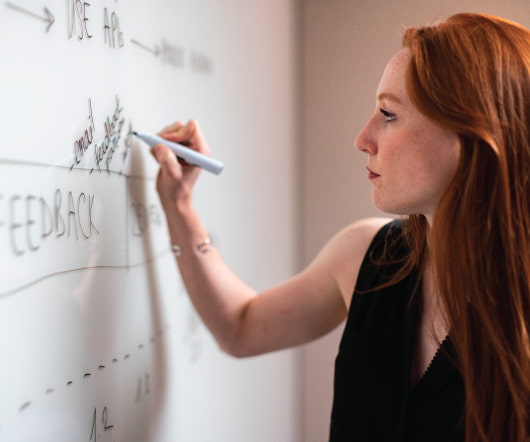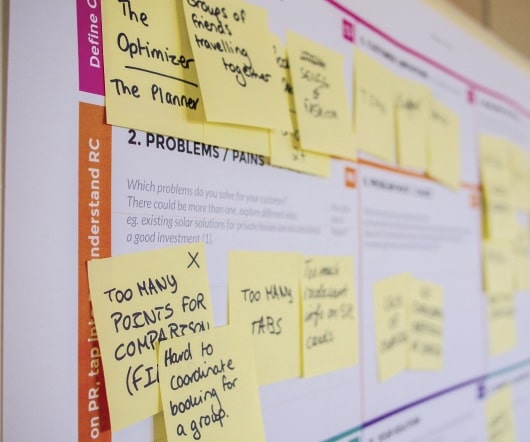Improving Instruction in a Digital World
A Principal's Reflections
DECEMBER 27, 2015
Allowing students choice over which tools they will use to create artifacts of their learning that demonstrate conceptual mastery builds a greater appreciation for learning while simultaneously preparing them for the real world. Pedagogy first, technology second when appropriate.

















Let's personalize your content